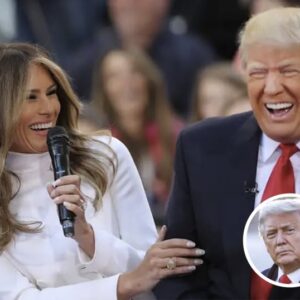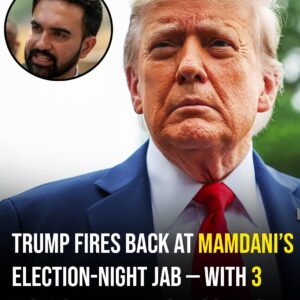Former President Donald Trump has once again sparked controversy with a prepared on-camera statement directed at the media, signaling ominous “changes are coming” in how the press will be treated. Unlike his typical spontaneous remarks, this statement carried a measured and deliberate tone, hinting at a deeper intent beyond mere frustration. The comments came after Trump criticized media coverage of a failed Iran operation, accusing journalists of being “out of control.” This incident has ignited a broad national debate about free speech, media accountability, and the boundaries of political rhetoric.
Press freedom advocates quickly condemned Trump’s remarks. The Committee to Protect Journalists (CPJ) characterized the statement as a direct threat to the First Amendment and the independence of the media. They argued that such rhetoric undermines the critical role of journalists in a democracy, intimidating reporters and discouraging necessary scrutiny of those in power. With public trust in institutions already fragile, the CPJ warned that this kind of language could deepen skepticism and reduce the media’s ability to hold leaders accountable.
Critics have emphasized the distinction between spontaneous political frustration and a carefully crafted warning. They assert that Trump’s deliberate tone suggests potential consequences for journalists, raising fears about retaliation and censorship. In an era marked by polarized views on media credibility, these comments add complexity to the challenging environment faced by reporters covering sensitive or divisive issues. Many worry that such rhetoric could contribute to a chilling effect on investigative journalism.
Supporters of Trump, however, interpret his comments differently. They argue he is not threatening democracy but rather calling out perceived media bias. His allies contend that his base has long been frustrated with what they view as hostile and unfair coverage. For them, Trump’s words resonate as an expression of legitimate discontent with media narratives and highlight ongoing battles over how stories are framed in the national conversation. They see him as amplifying a widely shared concern rather than undermining the press.
Legal experts have joined the conversation, cautioning against any attempts to punish or restrict the press, noting that such actions would face significant constitutional challenges. History, they say, shows that democracies are weakened when leaders intimidate or silence journalists. For these experts, Trump’s warning is a stark reminder of the pressures political leaders can exert on democratic institutions, making it critical to uphold protections for a free and independent press.
Ultimately, the incident raises profound questions about the future of journalism in America. Can the press operate without fear when political leaders imply the possibility of retribution? For critics, Trump’s statement is more than a mere soundbite; it serves as a test of the nation’s commitment to press freedom and democratic principles. As the debate continues, the stakes remain high for both the media and the health of American democracy.




